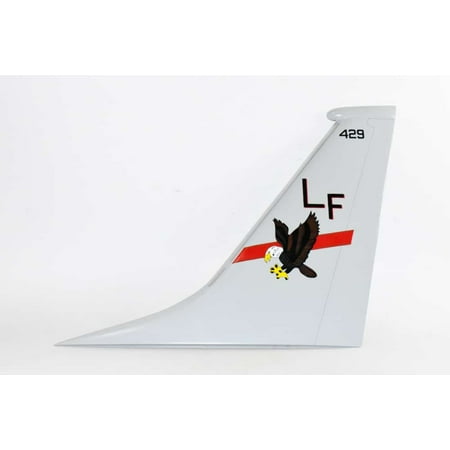
4th Fighter Squadron Fightin Fuujins Plaque 14 Mahogany
Product information for 4th Fighter Squadron Fightin Fuujins Plaque 14 Mahogany
4th Fighter Squadron Fightin Fuujins Plaque A hand crafted 14 inch plaque of the 4th Fighter Squadron Fightin Fuujins. Length Diameter – 14 inches Made from Mahogany US Veteran Owned Business The 4th Fighter Squadron “Fighting Fuujins” is part of the 388th Fighter Wing at Hill Air Force Base Utah. It operates the Lockheed Martin F-35 Lightning II aircraft which replaced the unit’s General Dynamics F-16 Fighting Falcons in August 2017. The 4th FS primarily conducts air superiority strike and close air support missions. The squadron was first activated in 1941 as the United States Army Air Corps expanded prior to the entry of the U.S. into World War II. The squadron served in the Mediterranean Theater of Operations where it earned two Distinguished Unit Citations. The squadron was reactivated in Okinawa as an all-weather fighter squadron in 1947. It served in the air defense of Japan until 1965 as the 4th Fighter-Interceptor Squadron deploying to fly combat sorties during the Korean War. The squadron returned to the United States in 1965 and reformed as the 4th Tactical Fighter Squadron. In 1969 it moved to Thailand where it flew missions during the Vietnam War. After the war the squadron moved to its current base at Hill. It again entered combat when it deployed as part of a provisional fighter wing during Operation Desert Storm. In 2019 the unit completed the first operational combat deployment of the F-35A in support of Operation Inherent Resolve and Operation Enduring Freedom Mission Conduct air-to-air and air-to-ground operations for daylight and nighttime missions. History World War II The 4th was activated as the 4th Pursuit Squadron at Selfridge Field Michigan on 15 January 1941 as one of the original three squadrons of the 52d Pursuit Group and trained under Third Air Force as a tactical fighter squadron. Moved to several U.S. bases before relocating to Northern Ireland and England in 1942. Equipped with the British Supermarine Spitfire was assigned to Twelfth Air Force during the North African Campaign in late 1942. Moved across Algeria and Tunisia flying ground support missions for American ground forces; taking part in the invasion of Sicily and Italy in 1943. Participated in the liberation of Corsica in 1943; then returning to Italy and being re-equipped with North American P-51D Mustangs in May 1944. Participated in Northern Italian Campaign returning to the United States in August 1945 and inactivating. Far East Air Force and Korean WarReactivated as part of Twentieth Air Force in Okinawa assuming personnel and Northrop P-61 Black Widows of the inactivated 418th Night Fighter Squadron. Performed air defense role over Okinawa during Chinese Civil War on the mainland during 1947–1950. Re-equipped with new F-82G Twin Mustangs in 1949 retiring war-weary F-61s in early 1950. Deployed flight of F-82s to Japan in June 1950 as part of Far East Air Force mobility upon breakout of Korean War. A flight of 8 aircraft assigned to 347th Provisional Fighter Group (All-Weather) 27 June – 5 July 1950 for combat missions in Korea Engaged in combat operations over South Korea during 1950 until F-51D Mustangs and Republic F-84 Thunderjets arrived in +the Korean theater. Then few combat missions from Japan rotating flights of North American F-82 Twin Mustangs from Okinawa during 1950–1951 largely performing long-range weather reconnaissance flights over North Korea. Began receiving Lockheed F-94C Starfire jet interceptors to replace F-82s in 1951 retiring the last of its Twin Mustangs in late 1951. Continued air defense mission of Okinawa until 1954; moving to Japan and taking over interceptor mission until 1954 flying first North American F-86D Sabres then Convair F-102A Delta Daggers. Also train pilots of the Japanese Self-Defense Forces the Republic of Korea Air Force and the Royal Thai Air Force an



